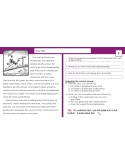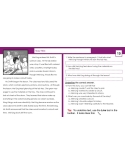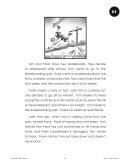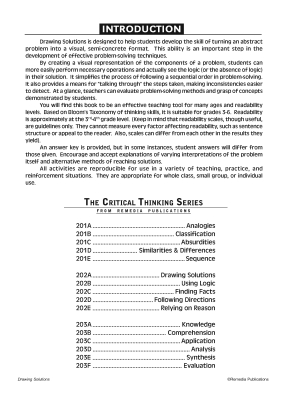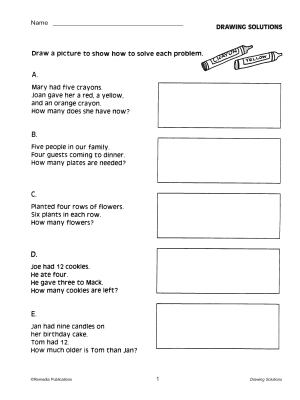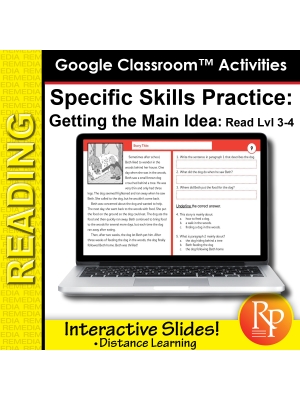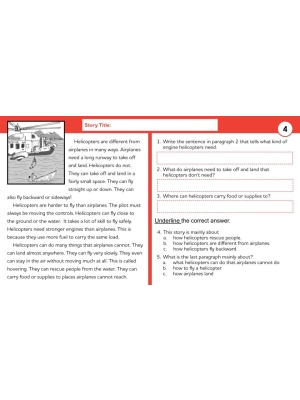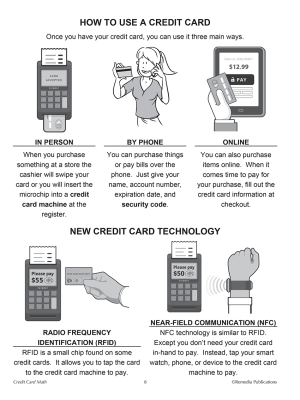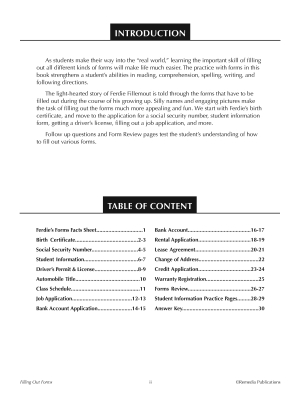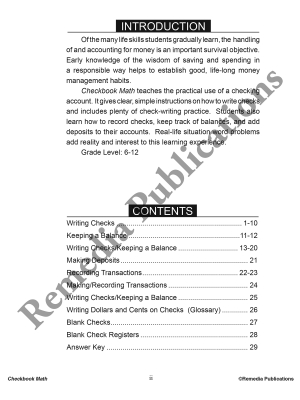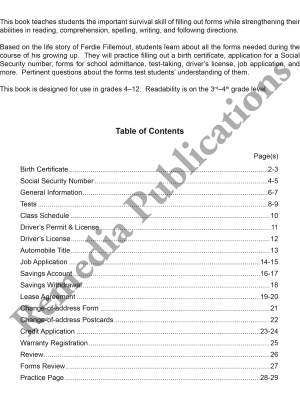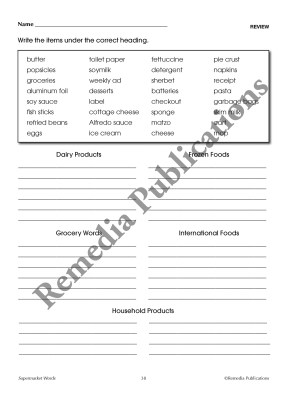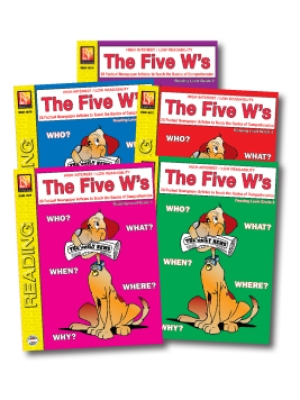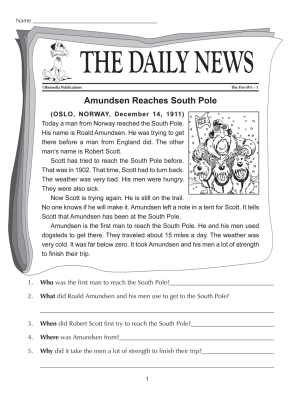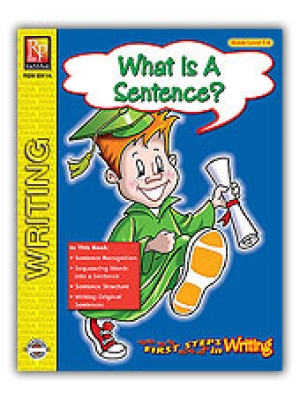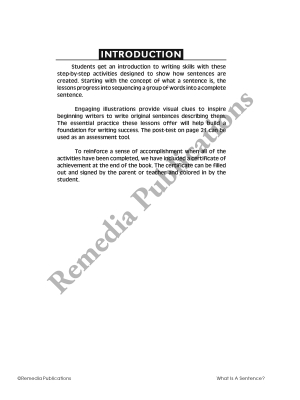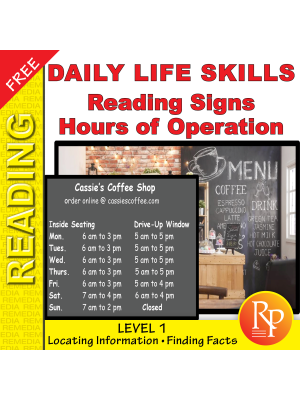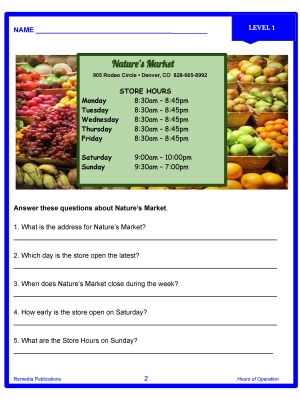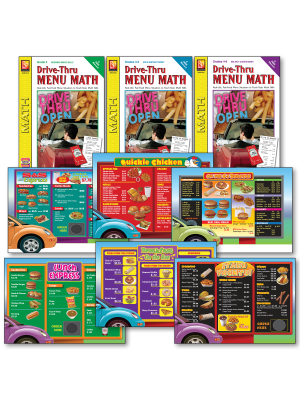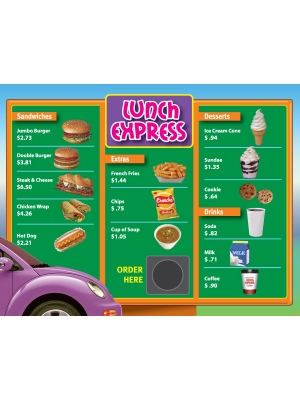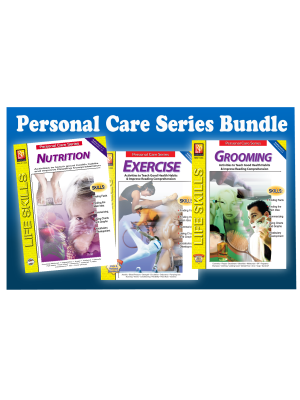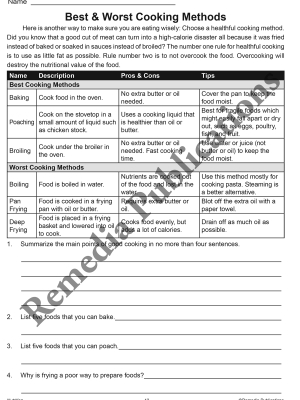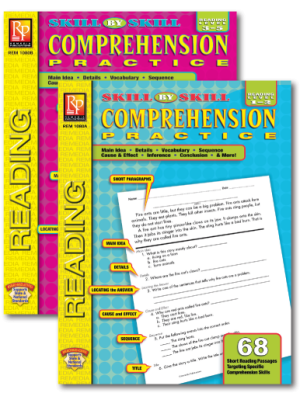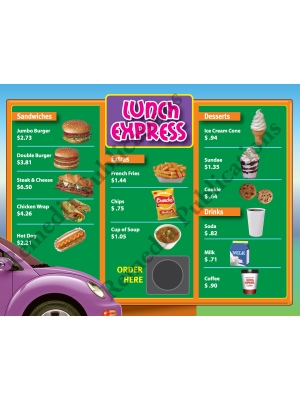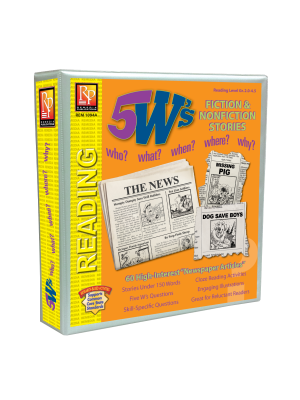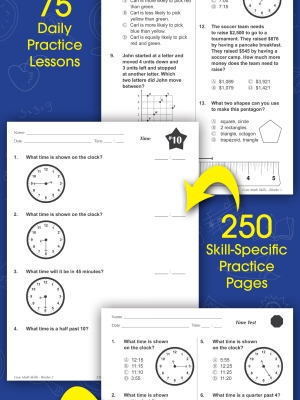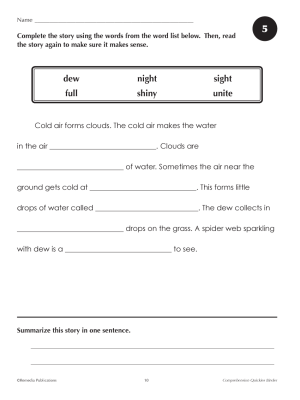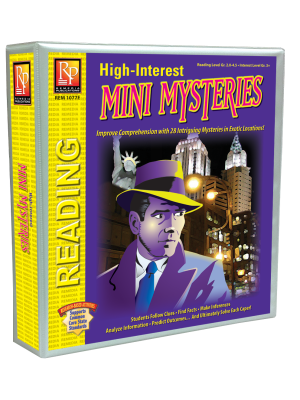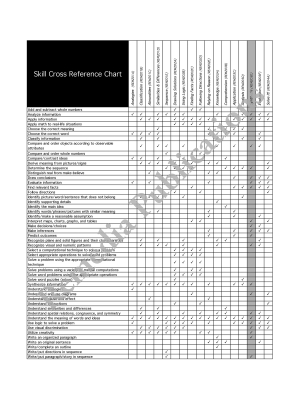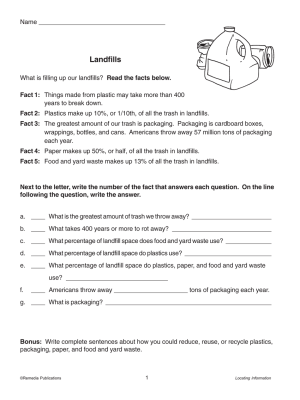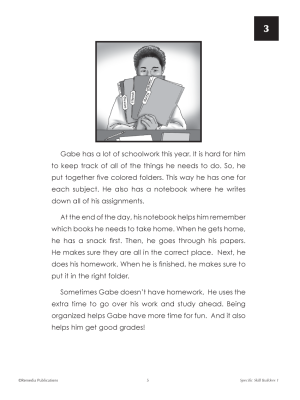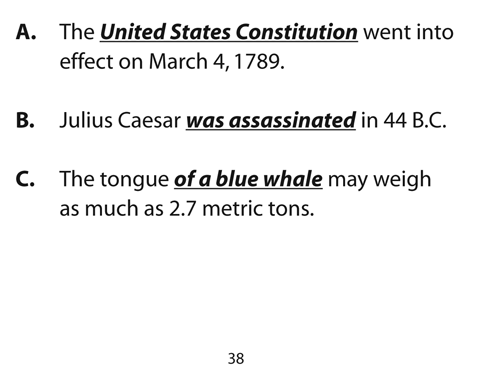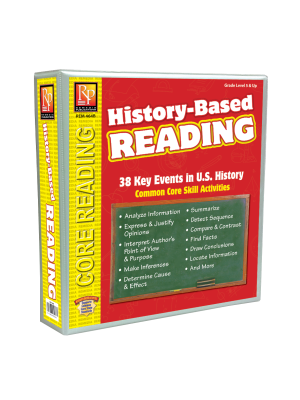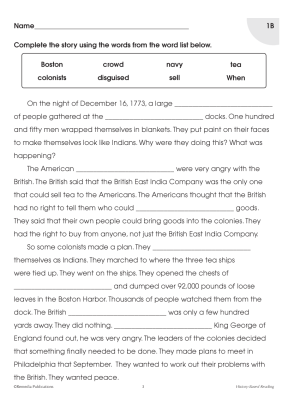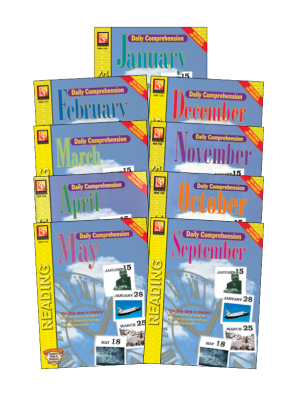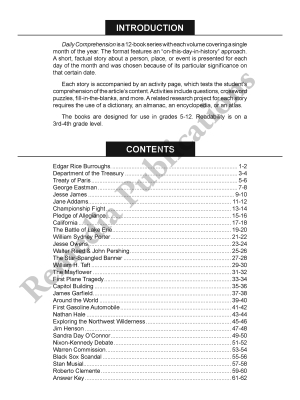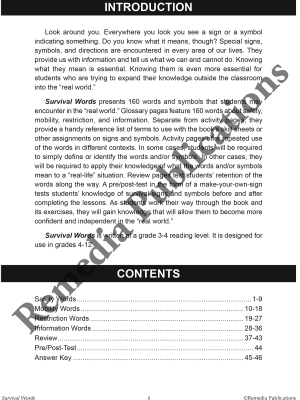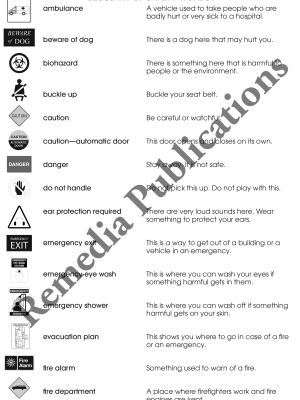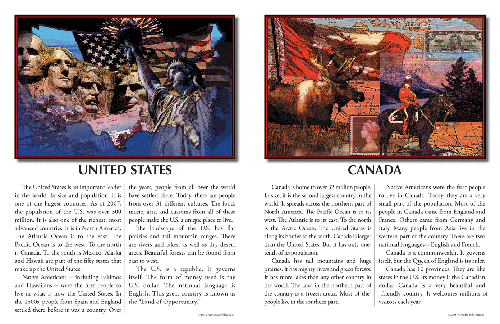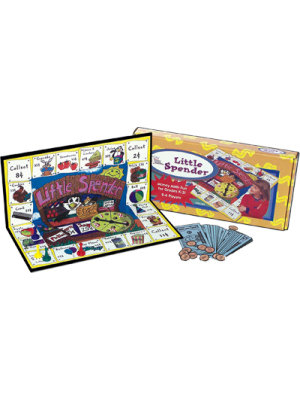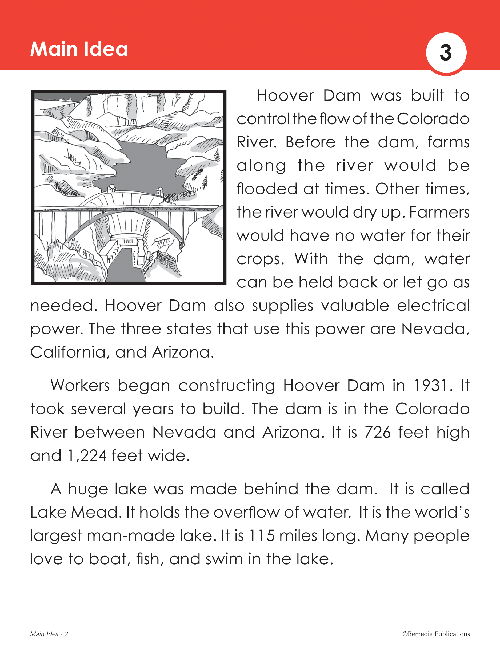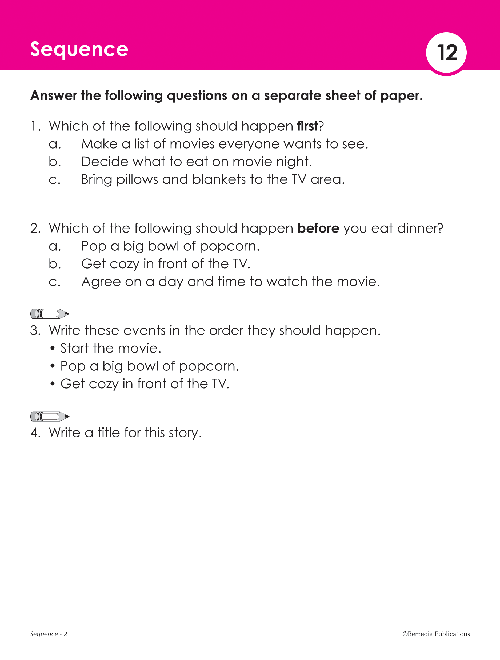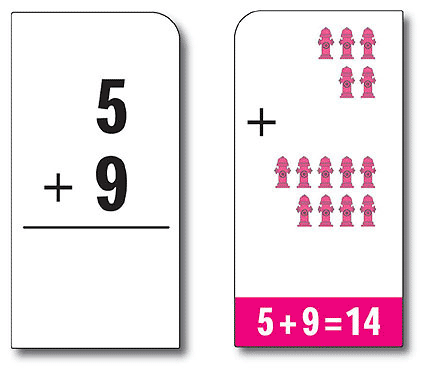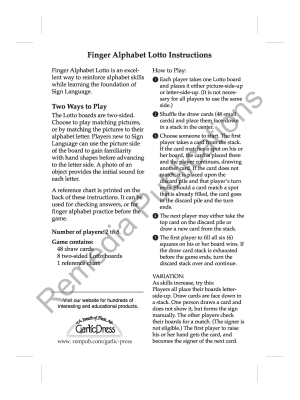Reading Skills Activities | Reading Comprehension | Drawing Conclusions
Improve Overall Reading Comprehension with Targeted Specific Skill Practice!
Focusing on one comprehension skill at a time gives students the opportunity to master that skill and improve their general reading and comprehension skills.
Drawing Conclusions: Being able to draw a conclusion is a higher-level comprehension skill. It can be confusing. A conclusion is not something that is directly stated in a story. Students must conclude something based on reading the details of a story. Introduce students to the concept of drawing a conclusion by explaining that this means making a decision about something you have read based on information in the story. Conclusions can fill in the meaning of a story.
Skill Specific Activities
There are 15 high-interest, short stories in this selection that include a variety of fiction and non-fiction topics. The follow-up questions guide students to draw a conclusion based on specific details in the story.
Each story is numbered instead of having a title. The last question for each story asks the students to give the story a title. This important activity helps to determine the student’s level of understanding the story’s main idea.
Visual Lesson
Each story has an engaging illustration designed to bring the story to life and help capture the interest of reluctant readers. To help sharpen inference skills, students can be asked to use the illustration to predict what the story is about.
Contents Include:
• 15 high-interest, short stories
• 15 pages of skill-specific questions focusing on Drawing a Conclusion
• Answer Key
Google Slides:
Interactive Google Slides Featuring High Interest Stories & 75 Reading Activities!
This set was designed to give students targeted practice with Drawing Conclusions- a key comprehension skill. By focusing on one comprehension skill at a time, struggling readers will have an opportunity to master that skill and improve overall reading and comprehension skills.
Google Classroom™ Activities If you've been looking for a way to integrate technology into your classroom, this is your answer. And the best part is you don't have to print, cut, laminate, or replace when you lose pieces....it's all DIGITAL! The purchase of this Google Classroom™ Activity includes a PDF that gives you access via a web link to the digital resource.
You do not have to be a Google Classroom to use this.
This is not an app and does NOT have sound or a "click to see if the answer is right" option for students. You will need internet access to initially download.
Contents Include:
- PDF Download (with Link to Slides)
- 15 Google Slides (15 stories & 75 comprehension questions)
- Tips for Use
Teaching Opportunities
These targeted activities are great for one-on-one intervention, small groups of students at multiple skill levels or whole class participation. Activities can be used for remediation, review, and transition classes.
Details:
Each short story is between 140 and 160 words and is written at a 3.0 to 4.5 reading level according to the Flesch-Kincaid Readability Scale. The interest level is grades 4 and up.
Specific Reading Skills: Drawing Conclusions - Rdg Lvl 3-4.5 - PDF & Google Slide Set
- Product Code: EREM 3036EGC
- Viewed: 3345
- Availability: In Stock
$12.49
Reading Skills Activities | Reading Comprehension | Drawing Conclusions
Improve Overall Reading Comprehension with Targeted Specific Skill Practice!
Focusing on one comprehension skill at a time gives students the opportunity to master that skill and improve their general reading and comprehension skills.
Drawing Conclusions: Being able to draw a conclusion is a higher-level comprehension skill. It can be confusing. A conclusion is not something that is directly stated in a story. Students must conclude something based on reading the details of a story. Introduce students to the concept of drawing a conclusion by explaining that this means making a decision about something you have read based on information in the story. Conclusions can fill in the meaning of a story.
Skill Specific Activities
There are 15 high-interest, short stories in this selection that include a variety of fiction and non-fiction topics. The follow-up questions guide students to draw a conclusion based on specific details in the story.
Each story is numbered instead of having a title. The last question for each story asks the students to give the story a title. This important activity helps to determine the student’s level of understanding the story’s main idea.
Visual Lesson
Each story has an engaging illustration designed to bring the story to life and help capture the interest of reluctant readers. To help sharpen inference skills, students can be asked to use the illustration to predict what the story is about.
Contents Include:
• 15 high-interest, short stories
• 15 pages of skill-specific questions focusing on Drawing a Conclusion
• Answer Key
Google Slides:
Interactive Google Slides Featuring High Interest Stories & 75 Reading Activities!
This set was designed to give students targeted practice with Drawing Conclusions- a key comprehension skill. By focusing on one comprehension skill at a time, struggling readers will have an opportunity to master that skill and improve overall reading and comprehension skills.
Google Classroom™ Activities If you've been looking for a way to integrate technology into your classroom, this is your answer. And the best part is you don't have to print, cut, laminate, or replace when you lose pieces....it's all DIGITAL! The purchase of this Google Classroom™ Activity includes a PDF that gives you access via a web link to the digital resource.
You do not have to be a Google Classroom to use this.
This is not an app and does NOT have sound or a "click to see if the answer is right" option for students. You will need internet access to initially download.
Contents Include:
- PDF Download (with Link to Slides)
- 15 Google Slides (15 stories & 75 comprehension questions)
- Tips for Use
Teaching Opportunities
These targeted activities are great for one-on-one intervention, small groups of students at multiple skill levels or whole class participation. Activities can be used for remediation, review, and transition classes.
Details:
Each short story is between 140 and 160 words and is written at a 3.0 to 4.5 reading level according to the Flesch-Kincaid Readability Scale. The interest level is grades 4 and up.


